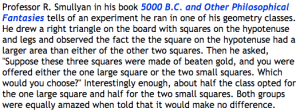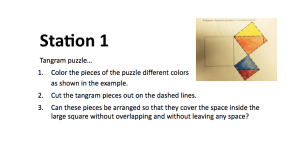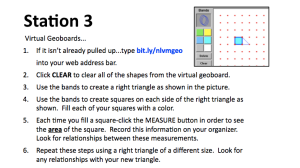Ever since I discovered Tackk I’ve been eager to use it as a way to deliver content to students.
Our 8th graders have been learning about transformations without the benefit of any geometry software. There have been issues with our license for Geometer’s Sketchpad, which is the software that we have used in the past.
I’ve fiddled with Geogebra here and there…but, have not found the time to truly sit down and figure it out. However, I pay close attention to what these folks are doing: @a_mcsquared, @MathButler, and @mathhombre.
I spent a good chunk of my time this past Friday figuring out how to create this lesson on Geogebra so that I could upload it to GeogebraTube. I kind of geeked out when I figured it all out…because now I can really see all of the possibilities. And…I can understand the hype!
I decided to deliver the entire content of this lesson using Tackk because…it’s just so easy!!! I’m pretty pleased with what I came up with…although I know there is always room for improvement.
Check out my Tackk…
Here is the link to the organizer for the Dilations Explorations.
I would love feedback on what I’ve put together!!!








